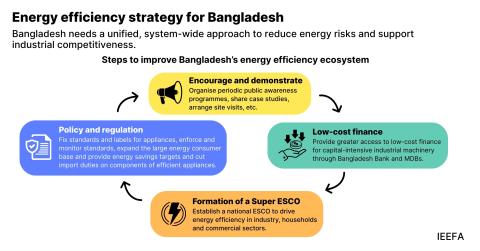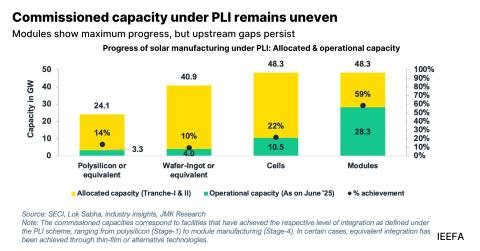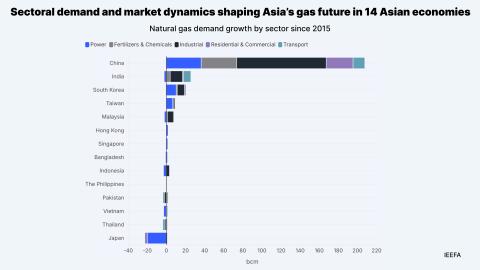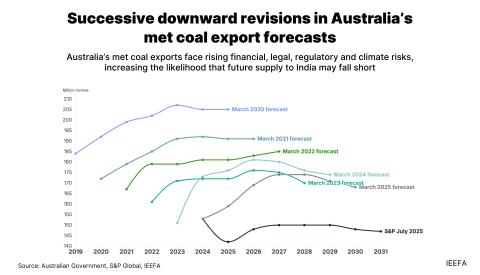Green bonds key to climate finance, but challenges remain

The lack of global standardisation around labelling, varying definitions of “green”, and diminishing green premiums undermine their effectiveness.
Key Takeaways:
Despite cumulative issuances surpassing US$3 trillion and annual issuance crossing US$577 billion in 2024, green bonds still account for just 3% of the global bond market. Their expansion is hindered by regulatory complexities, high issuance costs, greenwashing, disappearing greenium, and inconsistencies in green definitions across jurisdictions.
The green premium, a key feature of the green bond market, allows issuers to secure better financing terms and signals strong investor interest in sustainability. However, its modest size and declining green premium raise questions about its long-term effectiveness.
While green bonds help mobilise private capital for environmentally beneficial projects, they cannot replace instruments like carbon pricing, emissions trading schemes, or direct regulation. Their impact is maximised when paired with clear policy signals and robust governance frameworks.
30 July 2025 (IEEFA South Asia): As India transitions to a low-carbon economy, the demand for green bonds – debt instruments used to fund green projects – is expected to see continued growth. However, regulatory hurdles, market inefficiencies, shrinking green premium, and increasing public scrutiny could restrict their trajectory, a new briefing note by the Institute of Energy Economics and Financial Analysis (IEEFA) finds.
The note underscores the challenges associated with green bonds. One of the most pressing issues revolves around how green bonds are labelled and perceived by the market.
“Green bond labelling is central to the credibility, transparency and effectiveness of green bonds. However, green bonds face significant challenges that can undermine their efficacy – most notably, greenwashing,” says Labanya Prakash Jena, consultant for sustainable finance at IEEFA, and one of the authors of the briefing note.
“The absence of robust monitoring and reporting mechanisms exacerbates greenwashing, and addressing this is important to ensure that green bonds achieve their intended purpose of financing genuinely sustainable projects,” Jena emphasises.
These challenges are compounded by inconsistencies in how green bonds are defined, verified, and reported across jurisdictions. In developing economies, limited access to data, technical expertise, and credible verification services make it challenging to meet the stringent reporting obligations tied to green bonds.
“While frameworks such as the Green Bond Principles by the International Capital Market Association and the Climate Bonds Standard have gained international recognition, their adoption and interpretation vary across markets. Inconsistent standards increase the risk of fragmented markets,” says co-author Vandana Vuppuluri, an alumna of the Indian Institute of Management, Rohtak.
The authors also highlight the high costs associated with issuing green bonds. Although green bonds carry reputational benefits and may attract a broader base of environmentally conscious investors, the expenses involved in compliance, certification, and reporting can be prohibitive for smaller entities. This has created an uneven playing field, largely restricting green bond issuance to well-resourced corporates and sovereigns.
Perspectives on green bonds also vary based on stakeholder objectives, with issuers seeking financial and reputational benefits, investors aiming for sustainable financial returns, and market participants analysing the green premium from different perspectives. It is challenging to meet the objectives of all three stakeholders.
“It is important to remember that the green bond market is relatively small compared to the broader bond market, limiting investment opportunities. Transparency is also an issue as obtaining clear, consistent post-issuance reports on the environmental impact of projects can deter investors,” cautions Jena.
The green premium – the cost advantage that many issuers gain from issuing green bonds – offers several benefits. However, recent studies suggest that the green premium is shrinking, averaging between -5 and -2 basis points, and in some cases, has even become negative. This raises questions about how long green bonds will retain their pricing edge.
“While green bonds are not a standalone solution for climate change, they are essential to financing a low-carbon transition. They are most impactful when paired with broader climate policies and financial strategies. Ultimately, their success depends on the interplay between market mechanisms, regulatory frameworks, and stakeholder commitment to environmental goals,” emphasises Vuppuluri.
Read the briefing note: Green Bonds: Issues, Incentives and Green Premium Debate
Media contact: Prionka Jha ([email protected]) Ph: +91 9818884854
Author contact: Labanya Prakash Jena ([email protected]), Vandana Vuppuluri ([email protected])
About IEEFA: The Institute for Energy Economics and Financial Analysis (IEEFA) examines issues related to energy markets, trends, and policies. The Institute’s mission is to accelerate the transition to a diverse, sustainable and profitable energy economy. (ieefa.org)












